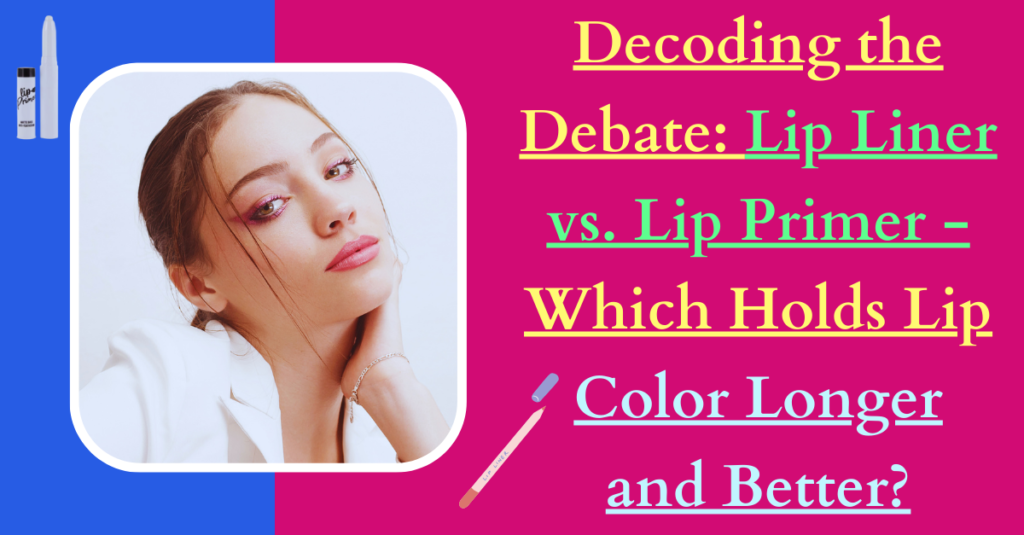Fashion Journalism and Blogging: Two Sides of the Fashion Coin
In the ever-evolving landscape of the fashion industry, two powerful forces have emerged to shape trends, inspire style, and engage millions of fashion enthusiasts worldwide: fashion journalism and blogging. Fashion journalism, rooted in traditional media platforms such as magazines, newspapers, and television, has long been the authoritative voice delivering news, analysis, and critique of the latest fashion trends and events. On the other side of the coin, fashion blogging has exploded with the advent of digital media and social networking, providing a platform for individuals to express their personal style, share their fashion experiences, and influence a vast online audience.
Fashion Journalism: Reporting, Analysis, and Critique
Fashion journalism, often associated with established media outlets, plays a crucial role in documenting and analyzing the ever-changing landscape of fashion. Fashion journalists are trained professionals who bring a wealth of knowledge and expertise to their work. They are responsible for conducting interviews, attending fashion shows and events, and providing in-depth coverage of the industry.
One of the primary responsibilities of fashion journalists is to report on fashion trends, designers, and collections. They provide objective coverage of runway shows, highlighting the key themes, standout designs, and emerging talents. Through their reporting, they offer a comprehensive view of the fashion industry, giving readers a deeper understanding of the creative process and the cultural influences that shape fashion.
In addition to reporting, fashion journalists also engage in analysis and critique. They evaluate the latest collections, providing insights into the craftsmanship, innovation, and cultural significance of the designs. Their critical reviews can influence public opinion and even impact the success of fashion brands. By examining the societal and cultural contexts surrounding fashion, journalists offer valuable perspectives on the industry’s impact and relevance.
Fashion Blogging: Personal Expression and Influence
Fashion blogging, on the other hand, has revolutionized the way fashion is consumed and discussed. Bloggers, often self-made influencers, use digital platforms to share their personal style, experiences, and opinions with a wide audience. What sets fashion blogging apart is its emphasis on relatability, authenticity, and personal connection.
Fashion bloggers are not bound by traditional journalistic standards and can express their subjective viewpoints freely. They use their blogs and social media accounts to showcase their personal style through outfit posts, fashion hauls, and styling tips. By sharing their own experiences and preferences, bloggers create a sense of authenticity that resonates with their followers.
Moreover, fashion bloggers have become influential tastemakers who shape consumer behavior. Their endorsements and recommendations carry weight with their dedicated followers. Brands often collaborate with bloggers to promote their products, recognizing the power of their personal brand and influence. Through sponsored content and affiliate marketing, bloggers can turn their passion for fashion into a profitable venture.
Similarities: Passion, Influence, and Engagement
While fashion journalism and blogging represent different approaches, they share several commonalities that make them vital players in the fashion industry.
First and foremost, both fashion journalists and bloggers are driven by their passion for fashion. They possess in-depth knowledge about designers, trends, and historical influences. Their enthusiasm and dedication to the industry fuel their work and inspire their audiences.
Furthermore, fashion journalism and blogging have the power to influence fashion trends and consumer behavior. Journalists’ coverage and reviews can shape public opinion and impact designers’ success. Bloggers, on the other hand, can introduce new styles and brands to their followers and create trends through their personal style choices.
Additionally, both fashion journalism and blogging thrive on engagement with their audience. Journalists interact with readers through comments, letters, and social media platforms, allowing for a dialogue and exchange of ideas. Bloggers build communities around their blogs and social media accounts, fostering a sense of connection and loyalty among their followers. The feedback and interaction from the audience help shape the content and direction of both fashion journalism and blogging.
Conclusion
Fashion journalism and blogging represent two sides of the fashion coin, each with its own unique strengths and contributions. Fashion journalism offers authoritative reporting, analysis, and critique, providing a comprehensive view of the industry. Fashion blogging, on the other hand, allows for personal expression, relatability, and influencing trends.
In today’s digital age, the lines between fashion journalism and blogging have become increasingly blurred. Many journalists have embraced blogging and social media as additional platforms to connect with their audience and express their personal perspectives. Likewise, bloggers have gained recognition for their expertise and are often invited to contribute to traditional media outlets.
Ultimately, fashion journalism and blogging are not in competition but rather complement each other, creating a dynamic and multifaceted fashion media landscape. Their combined influence drives innovation, shapes trends, and engages fashion enthusiasts worldwide. As the fashion industry continues to evolve, fashion journalism and blogging will remain integral parts of the ever-changing fashion landscape, shaping the way we perceive, consume, and appreciate fashion.

My name is Rohit Vagh and I’m a content writer specializing in fashion and lifestyle. I have three years of experience in this field and have written various articles. My writing style is creative and engaging, and I strive to create content that resonates with my readers. I have a deep passion for fashion and am constantly researching the latest trends and styles to make sure my readers are up to date. I’m excited to continue my career in blogging, and I’m always looking for new opportunities in the fashion and lifestyle space.





